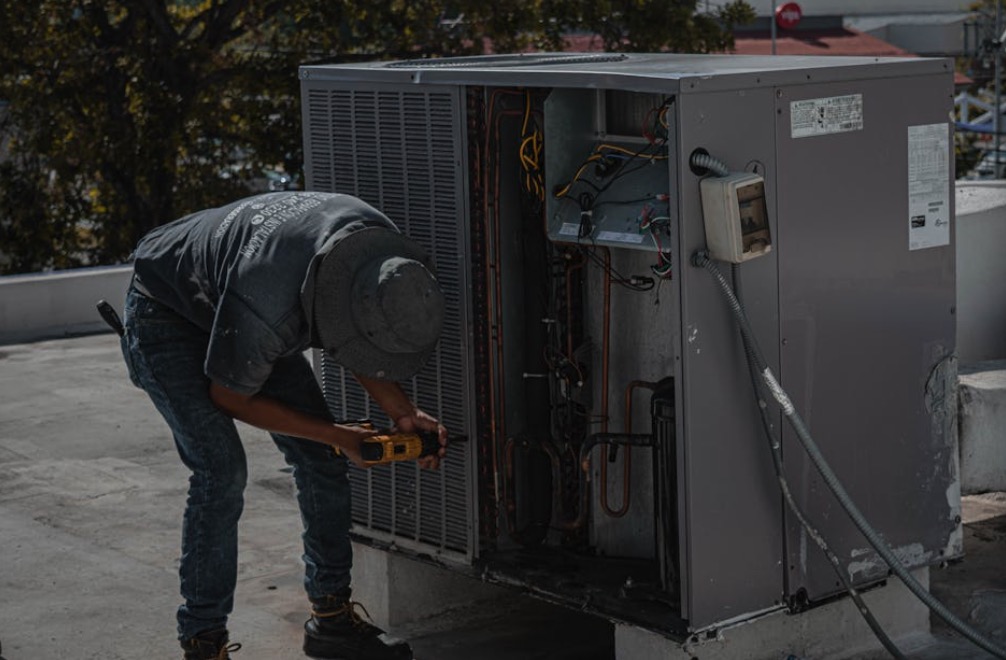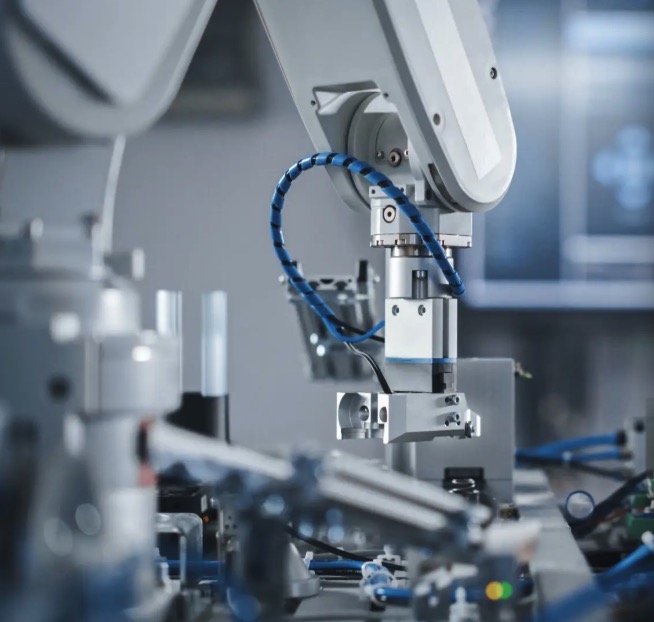Water Hardness Sensor: A Key Tool for Water Quality Monitoring and Treatment
Abstract:
In this article, we will explore the importance of water hardness sensor in monitoring and treating water quality. From understanding the concept of water hardness to the significance of accurate measurements, we will delve into the benefits of using a water hardness sensor and its impact on maintaining optimal water conditions. Whether you are a homeowner, a water treatment professional, or simply interested in the science behind water quality, this article will provide valuable insights into the world of water hardness sensors.
Table of Contents:
1. Introduction
2. What is Water Hardness?
3. The Need for Water Hardness Monitoring
4. Benefits of Using a Water Hardness Sensor
4.1 Precise Measurement and Analysis
4.2 Cost-Effective Water Treatment
4.3 Enhanced Appliance Efficiency and Lifespan
5. Types of Water Hardness Sensors
6. Factors to Consider When Choosing a Water Hardness Sensor
7. Installation and Maintenance Tips
8. Conclusion
1. Introduction
Water quality plays a vital role in our daily lives, affecting everything from drinking water safety to the longevity of plumbing systems. Among various water quality parameters, water hardness holds significant importance. In this article, we will explore the role of a water hardness sensor in enabling accurate measurement and efficient treatment of water hardness.
2. What is Water Hardness?
Water hardness refers to the concentration of minerals, primarily calcium and magnesium ions, present in water. These minerals enter the water as it passes through rocks and soil, resulting in varying levels of hardness. Hard water can cause scale buildup, reduce soap efficiency, and impact the performance of appliances using water. Monitoring water hardness is crucial to ensure proper water treatment and maintain ideal water conditions.
3. The Need for Water Hardness Monitoring
Accurate measurement of water hardness is essential for several reasons. Firstly, it helps to identify the level of hardness, whether it falls under the soft, moderately hard, hard, or very hard category. This information assists in determining the appropriate treatment methods required to achieve optimal water quality. Secondly, continuous monitoring enables proactive maintenance, preventing potential issues caused by scale buildup and excessive mineral deposits.
4. Benefits of Using a Water Hardness Sensor
4.1 Precise Measurement and Analysis
A water hardness sensor provides accurate and real-time measurements of water hardness levels. With advancements in technology, these sensors are now capable of delivering reliable results with minimal calibration requirements. This precision allows water treatment professionals to make informed decisions and select the most suitable treatment methods based on the specific hardness levels.
4.2 Cost-Effective Water Treatment
By accurately measuring water hardness, a sensor helps optimize water treatment processes, minimizing excessive chemical usage. Efficient treatment not only reduces costs but also decreases the environmental impact associated with water treatment. Additionally, avoiding unnecessary treatments based on inaccurate measurements saves time and resources.
4.3 Enhanced Appliance Efficiency and Lifespan
Hard water can negatively impact the performance and lifespan of appliances such as water heaters, dishwashers, and washing machines. By monitoring and controlling water hardness, a sensor helps prevent scale buildup, improving appliance efficiency and extending their lifespan. This translates to cost savings for homeowners and reduced maintenance for businesses.
5. Types of Water Hardness Sensors
There are various types of water hardness sensors available in the market today. Some sensors utilize conductivity measurements, while others employ ion-selective electrodes or optical sensors. Each type has its advantages and considerations depending on the application and budget. It is crucial to evaluate the specific requirements and consult experts to choose the most suitable sensor for accurate and reliable results.
6. Factors to Consider When Choosing a Water Hardness Sensor
When selecting a water hardness sensor, several factors should be taken into account. These include the measurement range, response time, calibration requirements, and compatibility with existing monitoring systems. Additionally, factors such as cost, durability, and ease of installation must be considered to ensure an optimal choice for long-term water quality monitoring.
7. Installation and Maintenance Tips
Proper installation and regular maintenance are critical to ensuring the longevity and accurate performance of a water hardness sensor. Following the manufacturer’s guidelines, calibrating the sensor as recommended, and implementing a regular cleaning schedule are essential practices. Additionally, periodic sensor inspections and troubleshooting can help identify potential issues and address them promptly, ensuring consistent and precise measurements.
8. Conclusion
A water hardness sensor is a valuable tool for monitoring and treating water hardness, allowing for accurate measurements, cost-effective treatment, and enhanced appliance efficiency. By understanding the concept of water hardness and the benefits of using a sensor, individuals and professionals can make informed decisions regarding water quality maintenance. Incorporating a water hardness sensor into water treatment processes ensures optimal water conditions and contributes to a healthier environment.
By investing in a reliable water hardness sensor and following proper installation and maintenance practices, we can pave the way towards improved water quality and efficient resource management. Embracing the advancements in water quality monitoring technology empowers us to make a positive impact on our daily lives and the sustainability of our environment.

How to Choose Between PT100, Thermocouple, and NTC Sensors
When it comes to measuring temperature in various applications, selecting the right sensor is critical for achieving precision, reliability, and efficiency. Among the most popular options are PT100 sensors, thermocouples



